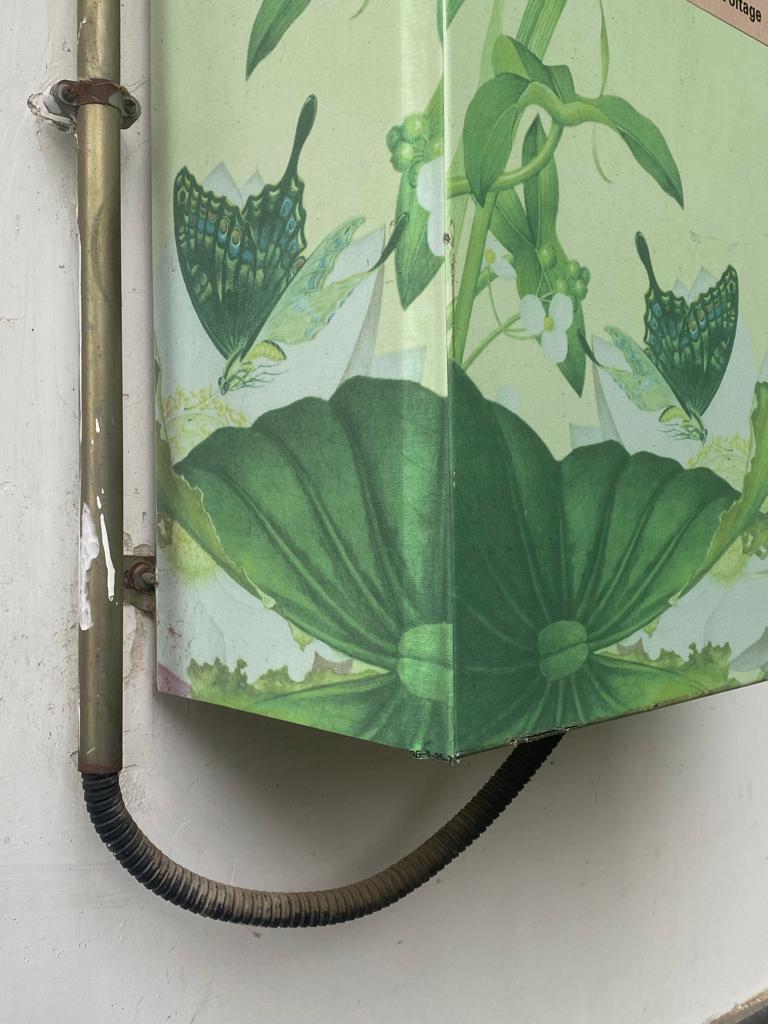The Other China
杳如黃鶴
It’s over twenty years since Lois Conner and I first met at her Gramercy Park apartment in Manhattan. It was the height of the northern summer of 1996 and I was coming to the end of three months as a visiting professor at New York University. An Italian doctoral student who attended my seminar on the new Mao cult and had followed my work on Chinese art over the years suggested an introduction, and Lois invited us for dinner.
Sitting at a small table in the boutique-sized vestibule of Lois’s apartment (I recall we had pasta with pesto that Lois made using basil she’d grown at her parents’ property in Pennsylvania), it was not long before the sassy lady from PA asked me to read her teacup. Not the tealeaves, mind you, but the Chinese poem written on the side of the crude pottery cups we were drinking from after dinner.
Our mutual friend was appalled. Loud and brash — affectionately known to everyone as ‘Brutta’ — the friend shouted at Lois that she couldn’t possibly ask a noted Sinologist to read lines on a cheap teacup. Having only recently faced Q&A sessions in New York following screenings of our film The Gate of Heavenly Peace, during which one retired army man accused the film’s director Carma Hinton and myself (I was the main writer and senior academic adviser on the project) of having ‘allowed that Communist Deng Xiaoping to smile’ in the film, I was well used to New York brashness. Anyway, I thought: you can take the girl out of Chester County, but not the country out of the New York artist. I’d soon learn something that Lois’s legion of friends both in the US and world wide were familiar with: she is a charming mix of no-nonsense directness and extraordinary artistic finesse.
The verse on the cup was taken from the Tang-dynasty writer Bo Juyi’s 白居易 ‘Poem Sent upon Hearing at Night of District Governor Jia of Changzhou and Cui of Huzhou Celebrating in the Jinghui Pavilion at Tea Mountain’ 《夜聞賈常州崔湖州茶山境會亭歡宴因寄此詩》:
遙聞境會茶山夜,珠翠歌鍾且繞身。
盤下中分兩州界,燈前合作一家春。From afar I hear of the evening gathering at Jinghui
Girls bedecked with pearls and jade, embrace all in song and music
In the cups from which guests drink two realms stand their ground
Celebrating in the candlelight spring tea as one
It was over that teacup that Lois and I struck up a friendship. We were both particularly smitten with Dragon Well tea, the genius loci of which was near West Lake at Hangzhou (I’d first visited the lake during Spring Festival in 1975, Lois went there during her original China sojourn in 1984) and most years since then we have gone there to work, and to enjoy at least a few hours at the lakeside Hupanju 湖畔居 teahouse enjoying tea and looking at the lake while discussing poetry, lotuses and the world of art, letters and politics, all topics that are so often the stuff of conversations among those involved with China. (Lois’s work on Hangzhou would feature in the December 2011 issue of my e-journal China Heritage Quarterly, which was devoted to West Lake, as it does in China Heritage.)
That night I told Lois I’d recently started a project on Yuanming Yuan 圓明園, the Garden of Perfect Brightness. The ruins of that vast imperial garden-palace from which Qing dynasty emperors ruled China from 1712 until the garden’s destruction in 1860 lie to the north-east of Beijing in what is now the university and high-tech Haidian district. She immediately went to her meticulously arranged files and was soon showing me black-and-white prints of work she’d made at the garden-ruins during her first stay in the Chinese capital over a decade earlier. A photograph she shared with me that day was of a piece of a broken marble decoration from the Jesuit palaces at the gardens half buried in the ground. It would later feature in the published version of my 1996 George E. Morrison Lecture, The Garden of Perfect Brightness, a life in ruins.
***
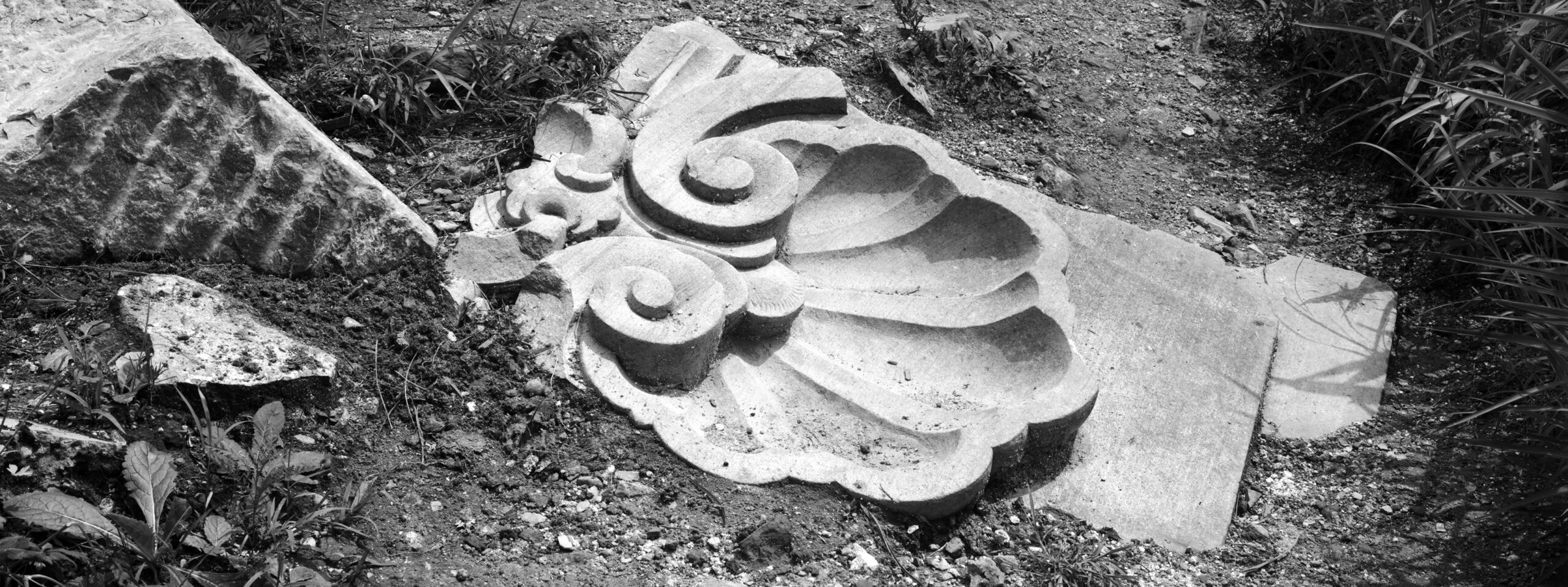
***
We made a date to meet at Yuanming Yuan in the northern summer of 1998. On that first field trip, with our maps, anthologies of poetry, essays and imperial writings at the ready we spent weeks exploring the vast Trümmerfeld of the garden. We moved slowly, searching for the remains of the once famous Thirty-six Scenes of the gardens, walking with Lois’s formidable luggage of photographic equipment (banquet camera, lens, tripod, 7×17″ film holders, custom-cut film) and my mini-library. Over the following years during numerous visits, we created a portrait of the place, scene by scene, in all kinds of weather and seasons. We’d later travel to the Qing-era Summer Hunting Lodge at Chengde, to West Lake as well as other sites around Beijing and China that inspired the poetry or ideas emulated by the emperors Yongzheng, Qianlong and Jiaqing when building their garden follies.
***
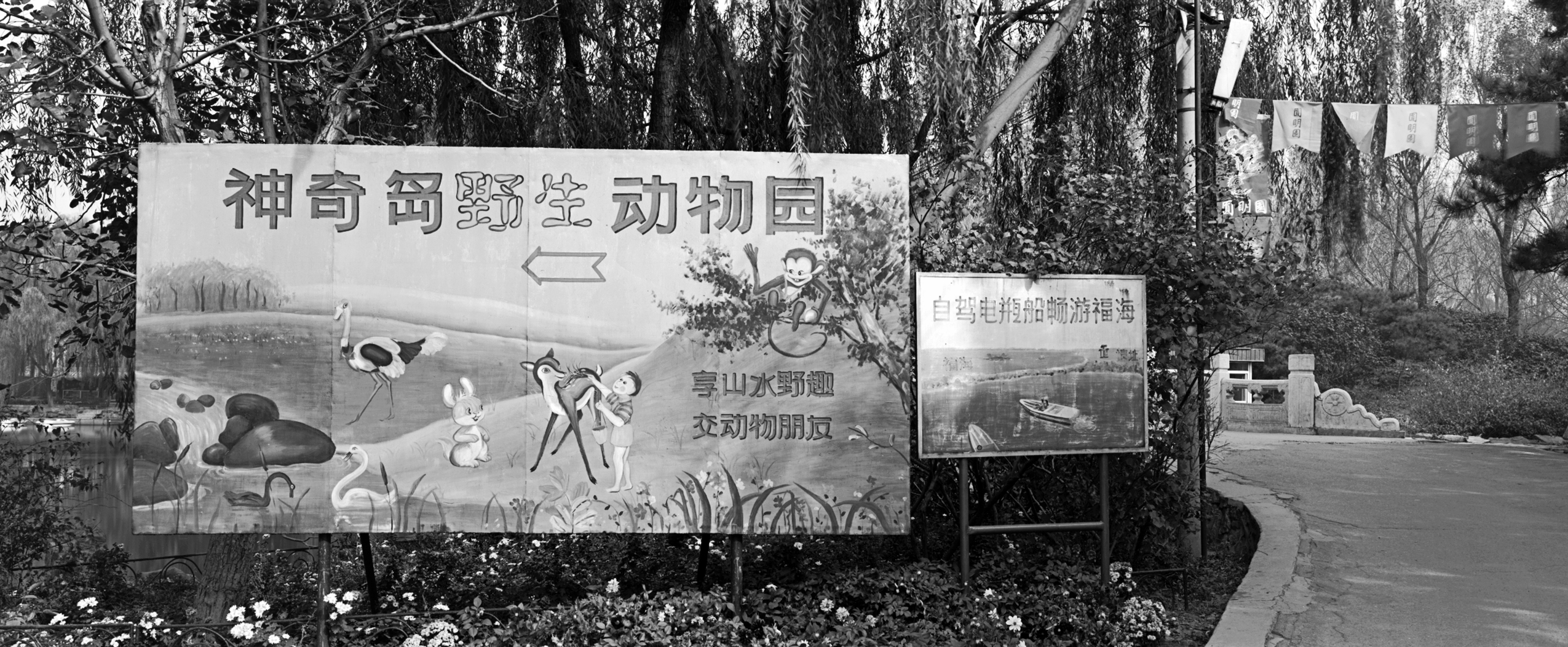
***
Lois and I have been meeting in Beijing, New York, Hong Kong and Australia to work together on a range of projects ever since. Some of the work Lois made in my company featured in ‘Beijing, the unfolding landscape’, the first exhibition in the Gallery of the Australian Centre on China in the World in May 2014, when we celebrated the ‘soft opening’ of Gerald Szeto’s building (I also first met Gerald in New York in 1996; it turned out that he and Lois were close). More of that work features in our joint book project, Beijing, contemporary & imperial, published by Princeton University Press in 2014, which we launched along with the opening of the exhibition.
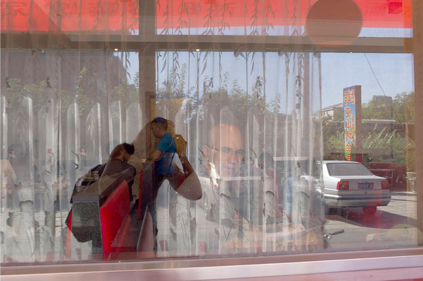
— adapted from The Affinities of Art 藝海因緣, 26 August 2017
***
The following selection draws on Lois Conner’s record of official street art in Beijing. These photographs feature reproductions of traditional ink paintings used to decorate electricity transformers in the Chinese capital. The decoration of the chunky grey utility boxes that punctuate the city’s streets began over a decade ago both for aesthetic reasons and to deter people from posting advertisements on them. Decorated utilities are now a common feature of Chinese cities.
The last photograph in the series was made at Yuanming Yuan in the summer of 2023. It is of a painted water heater on the exterior wall of the restaurant / gift shop at the garden.
The Chinese subtitle of this chapter in The Other China — 杳如黃鶴 yǎo rú huáng hè — literally ‘as distant as the yellow cranes’, refers to the lost past and the unrecoverable moments of life.
— Geremie R. Barmé
Editor, China Heritage
23 October 2023
Double Ninth Festival
Guimao Year of the Rabbit
癸卯兔年九月初九重陽節
***
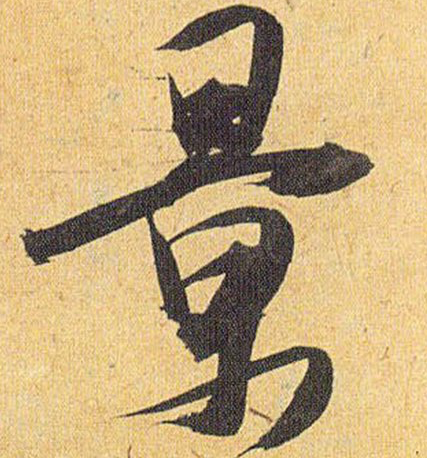
Jǐng 景: a picture, a scene, particularly a beautiful scene, as of summer clouds or stars at night. This idea of ‘picture’ is highly subjective, and borrows its charm from human thoughts and sentiments. If one determines to see as a picture, then it becomes a picture. A story of convalescence or of a night on the desert or storm at sea is often more beautiful than the experience itself.
— from Lin Yutang, ‘A Chinese Critical Vocabulary’, quoted by Duncan Campbell in China Heritage Glossary
As Duncan Campbell explains:
Etymologically, the character is understood to represent the sun at its highest point and can mean—according to the Hanyu da cidian 漢語大詞典—variously: light, the sun, brightness, situation or circumstances, scenery, scenery (of a theatre), section of a play where, in the same scene, the scenery is changed, time, large, to look up to, auspicious sign, an outer layer of clothing to protect the wearer from the dust, and teats of a bell. The character, classically, was also understood to be interchangeable with the term jīng 京 (capital) and, more resonantly, yǐng 影 (shadow, reflection).
***
Works about and by Lois Conner:
- The True Face of Mount Lu 廬山真面目 — prologue to Xi Jinping’s Empire of Tedium, 1 January 2022
- 顛倒 Downside Up — the art of Lois Conner, 20 April 2017
- Pine Breeze, Wisteria Moon — a new masthead for China Heritage, 13 March 2019
- The Affinities of Art 藝海因緣, 26 August 2017
- Keeping a Diary in China: Memories for the Future, The China Story, 4 June 2015
- Beijing: Contemporary and Imperial, Princeton Architectural Press, 2014
- China: Photographs by Lois Conner, New York: Callaway, 2000
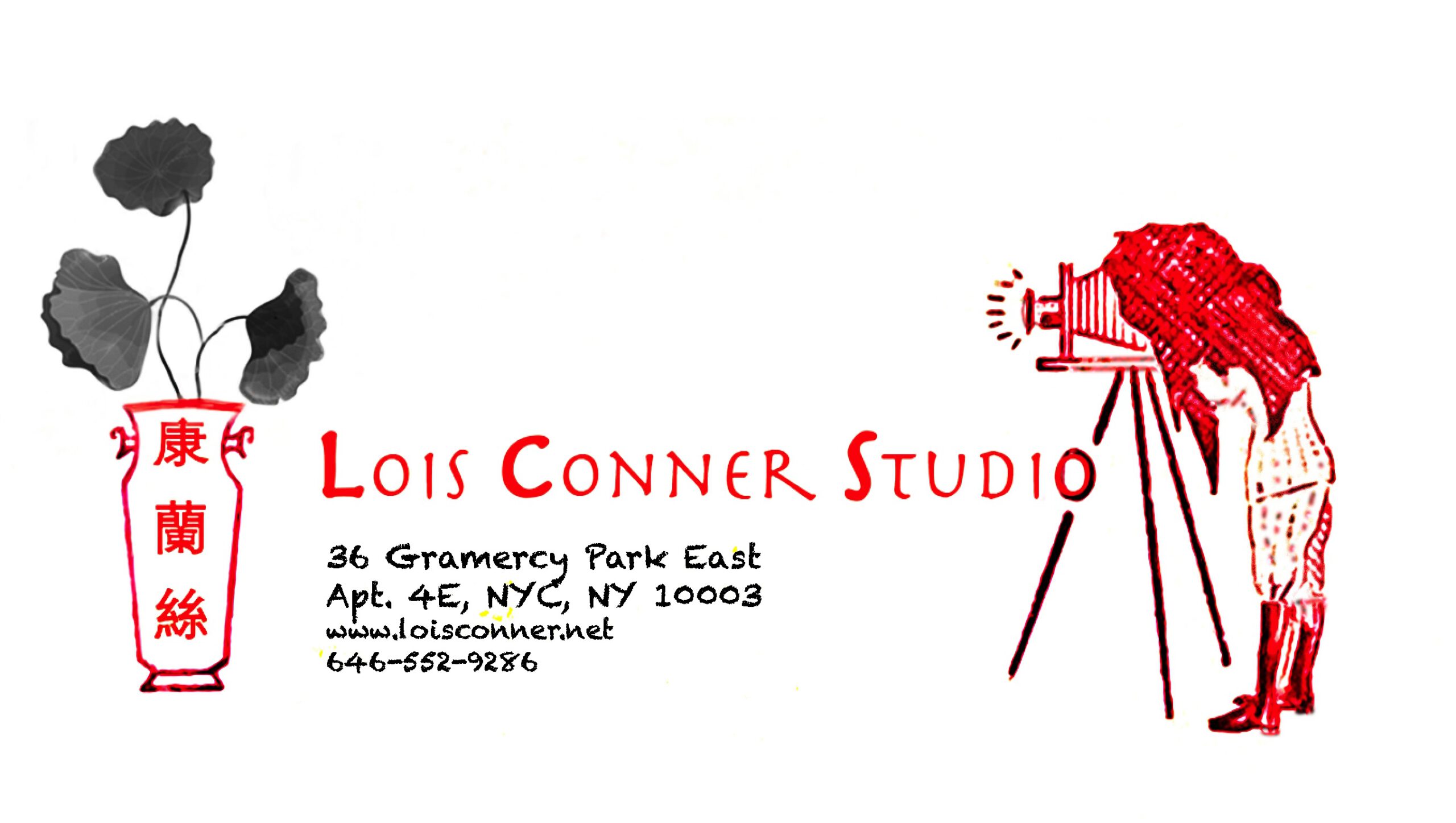
***

***
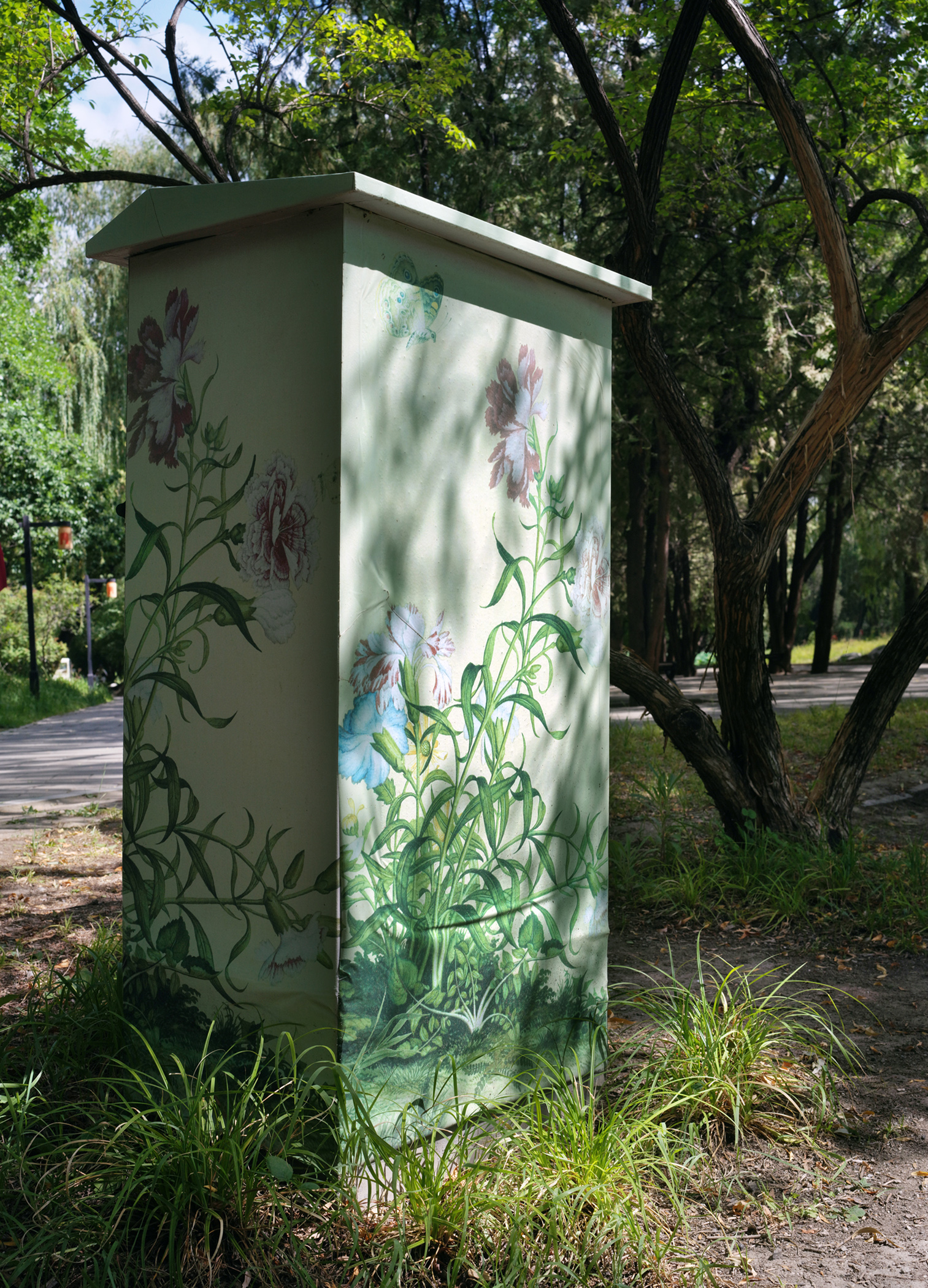
***
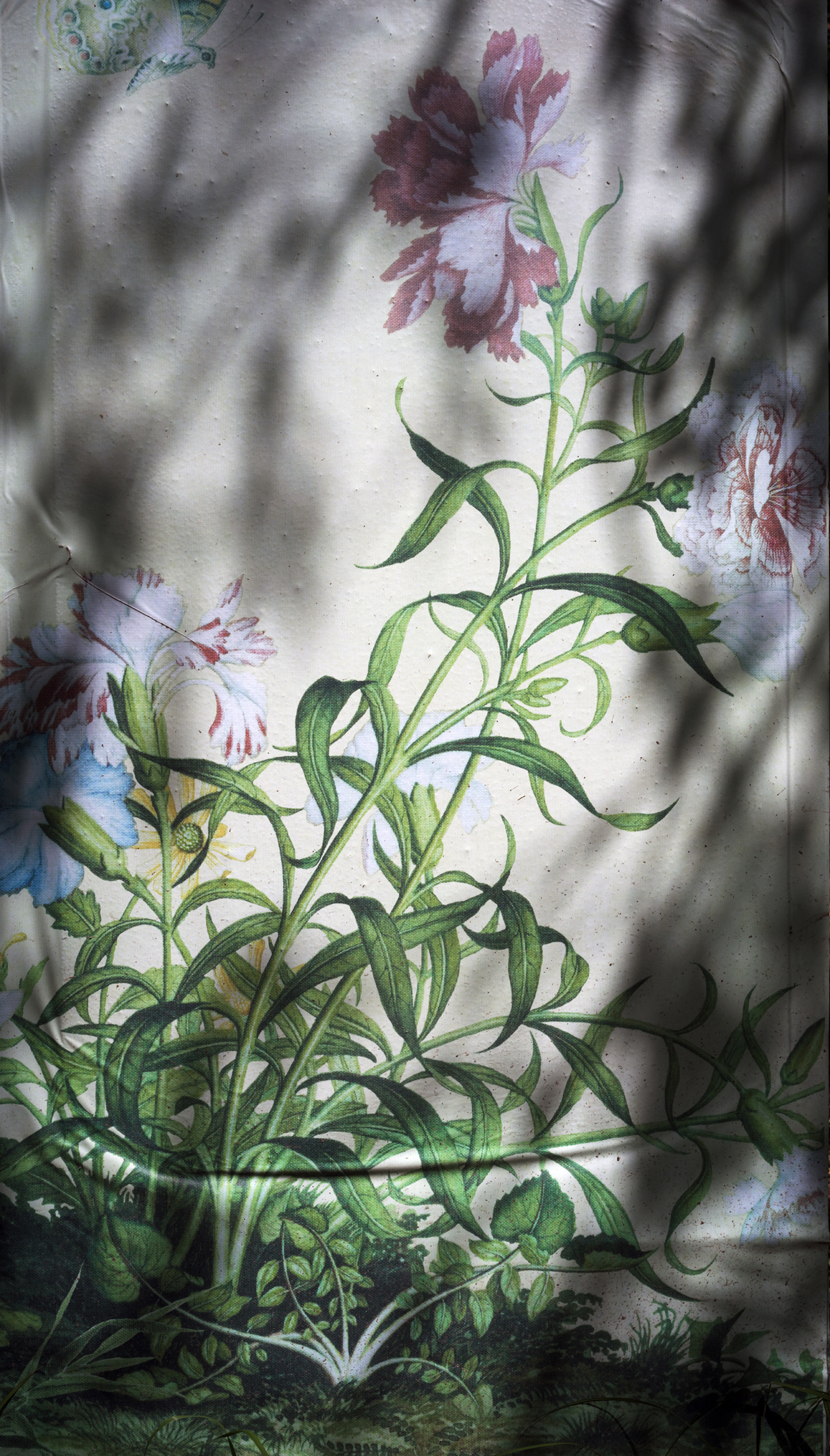
***
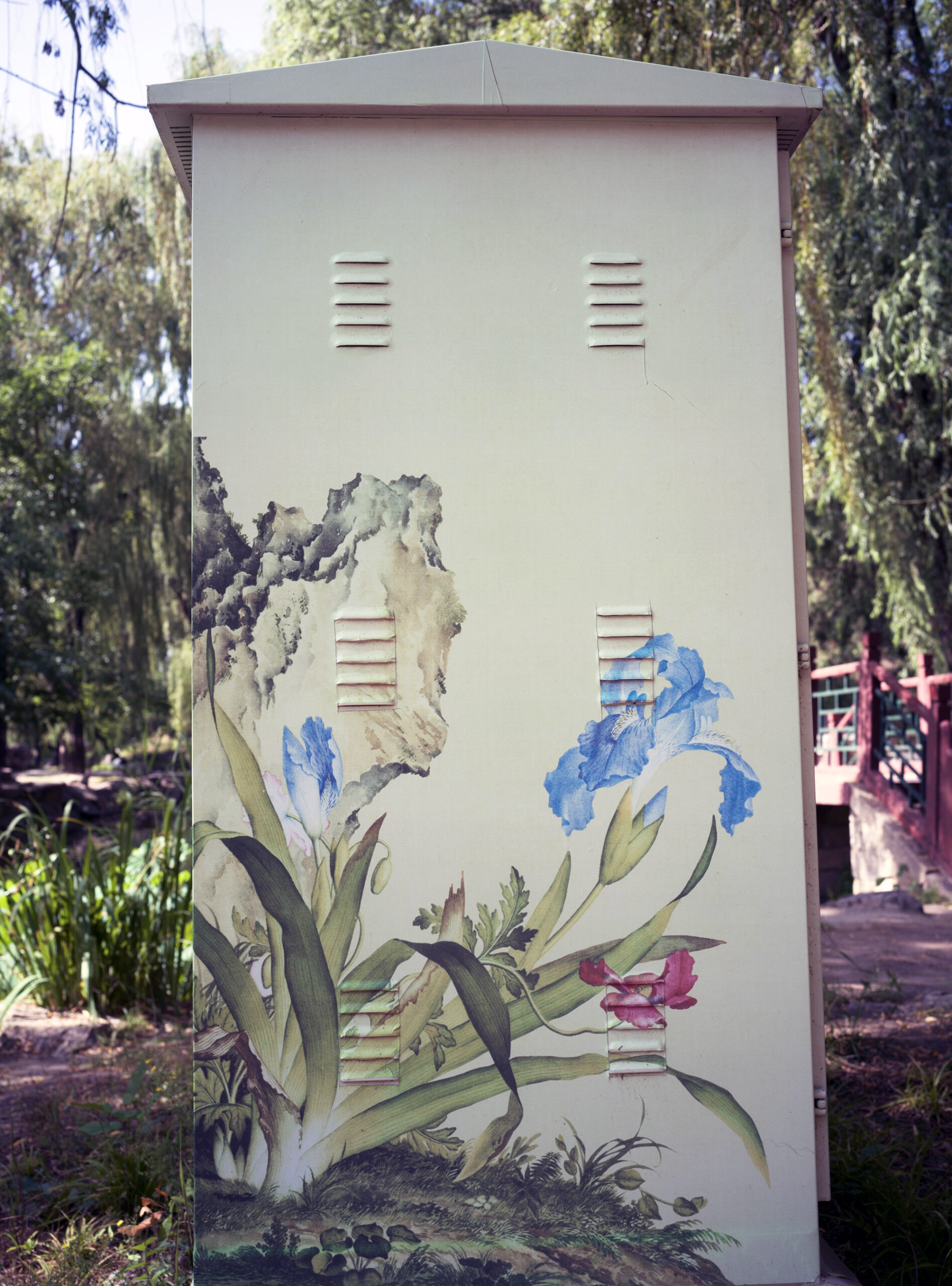
***
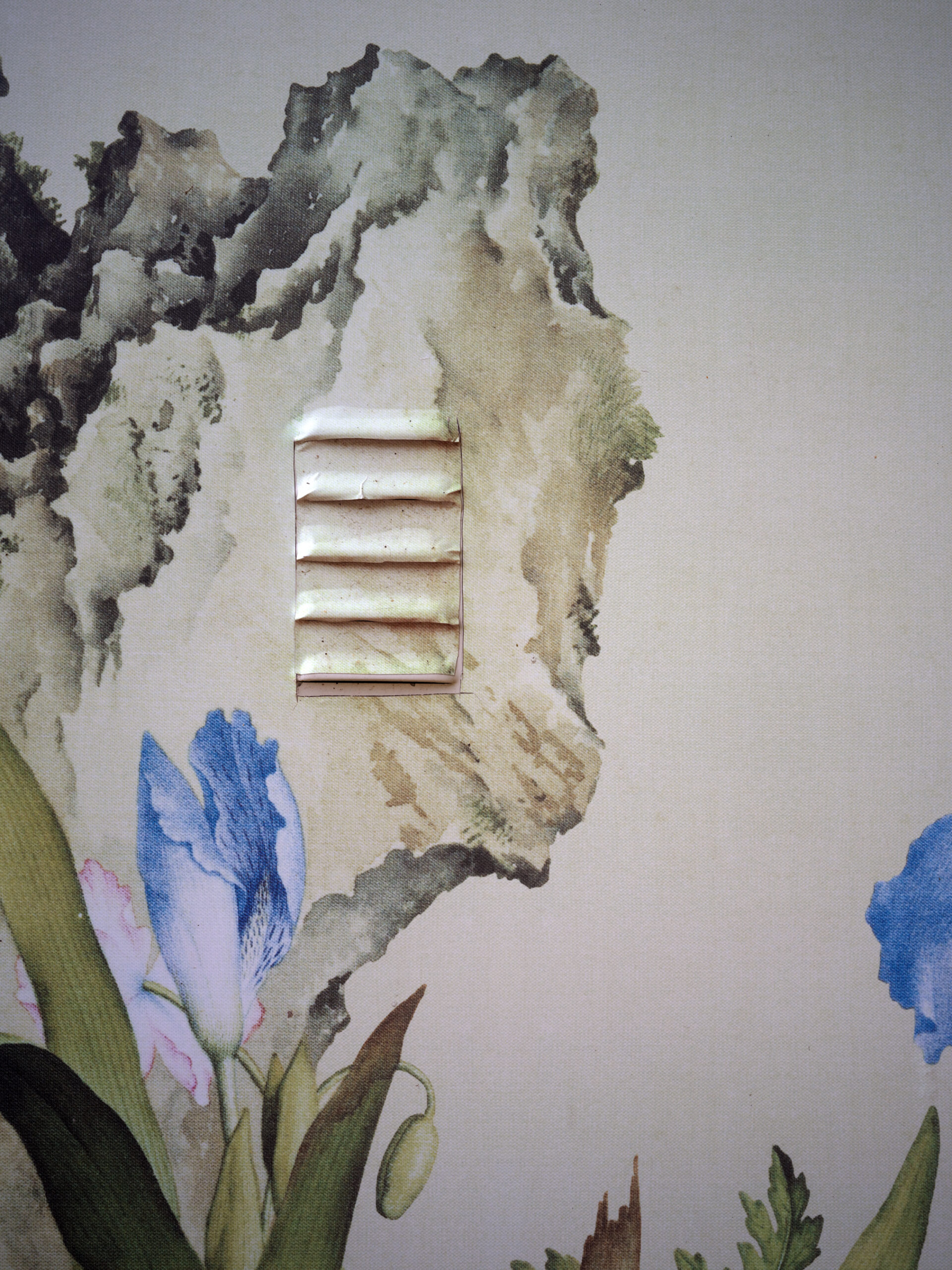
***
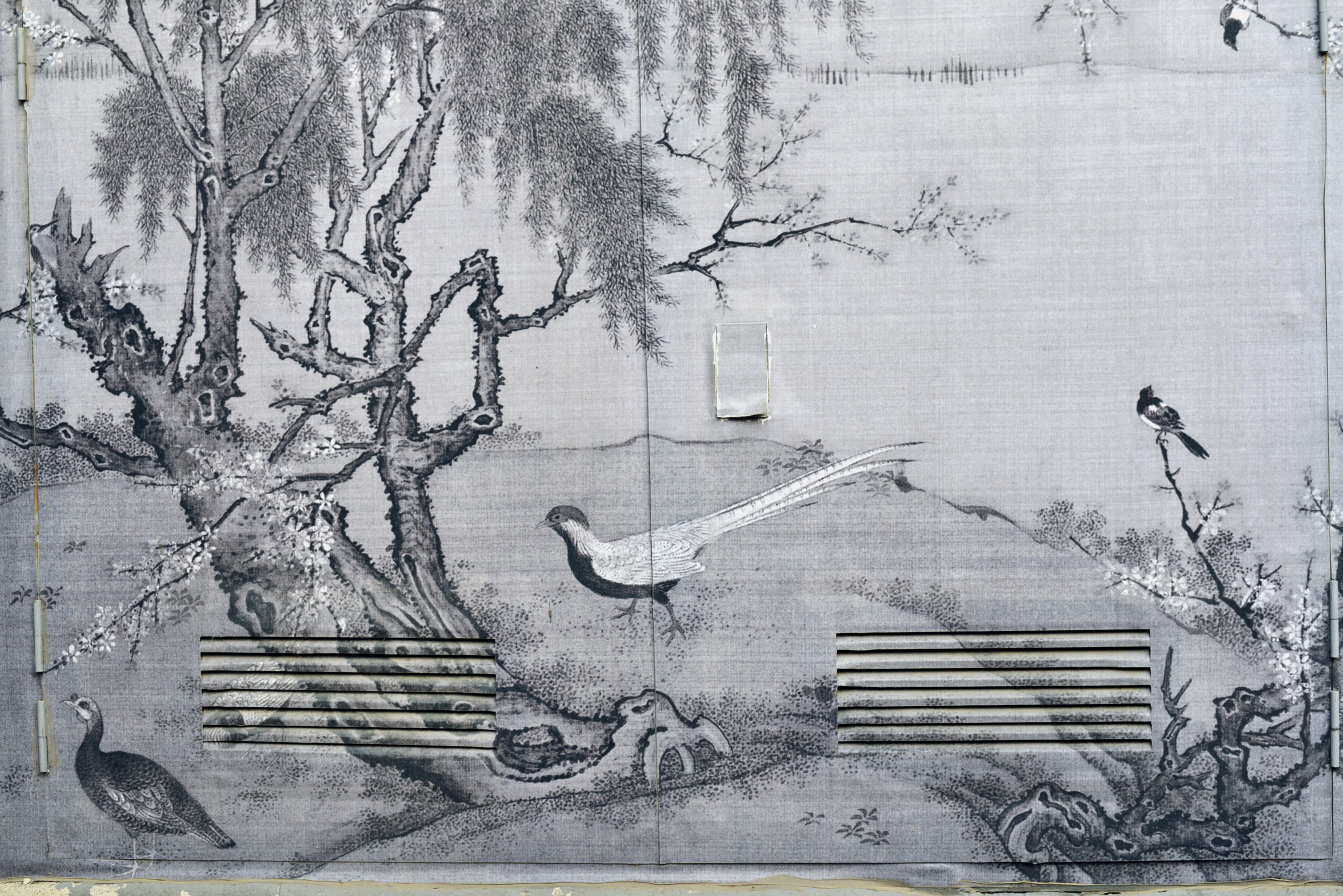
***
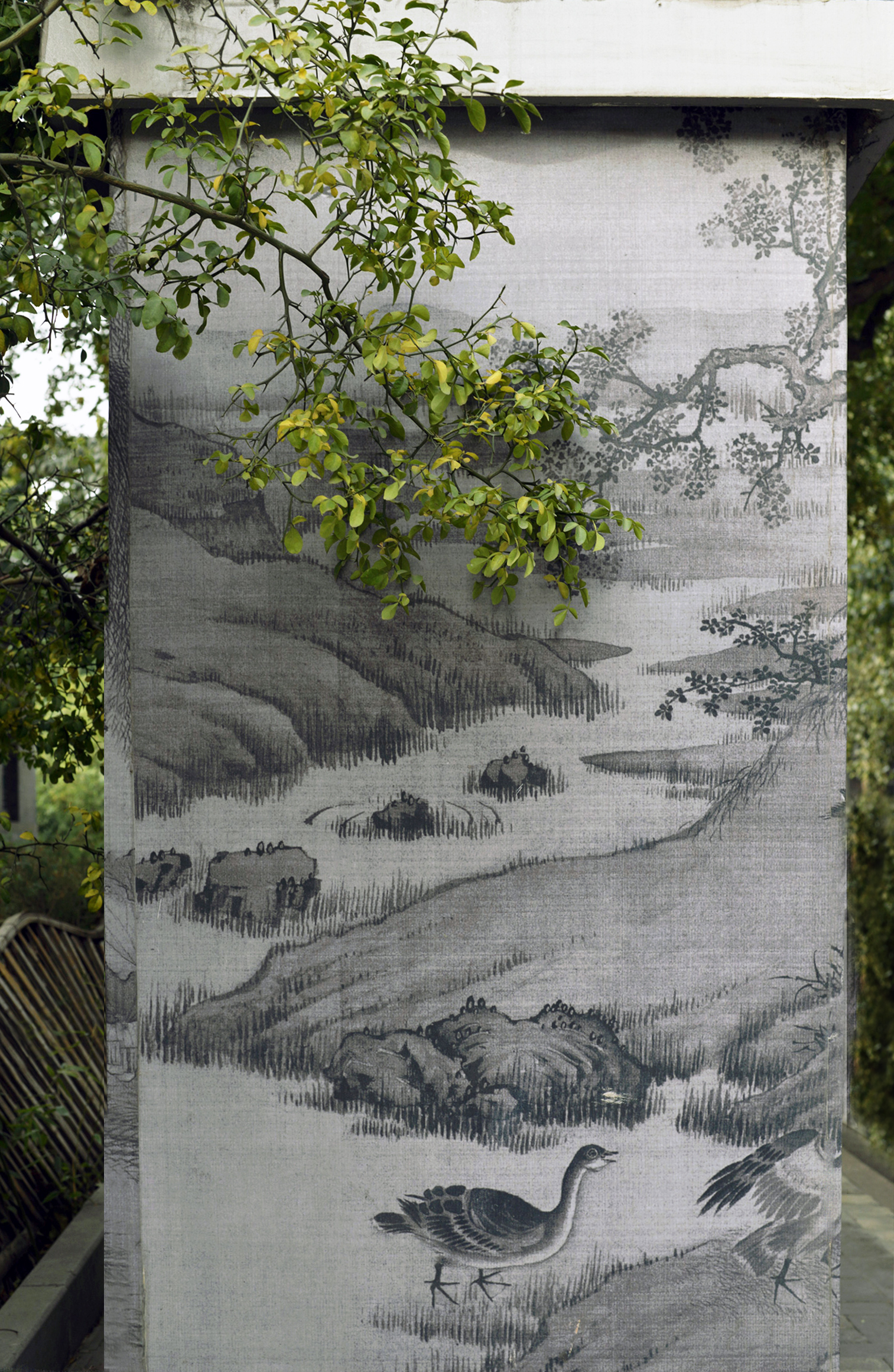
***

***

***
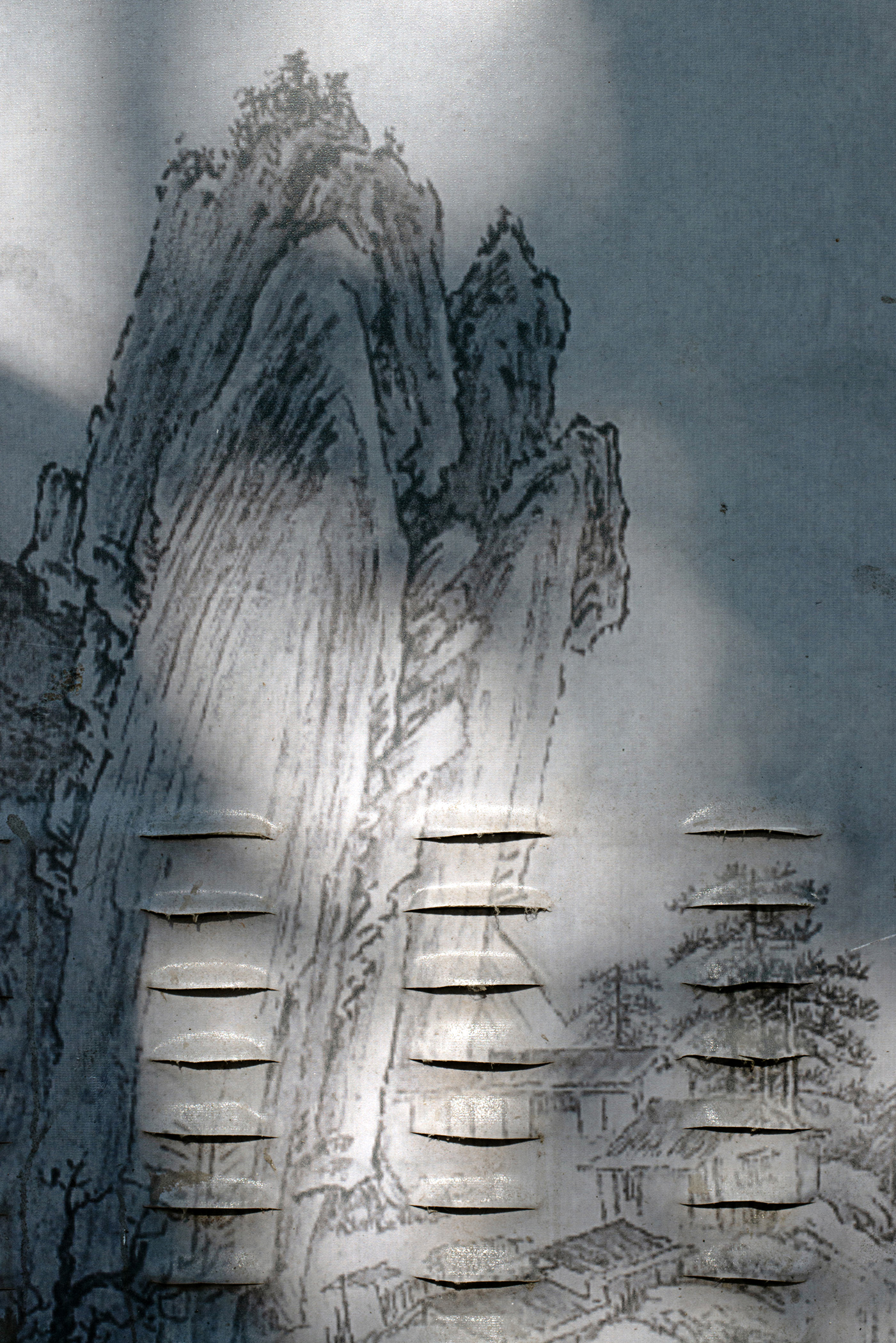
***
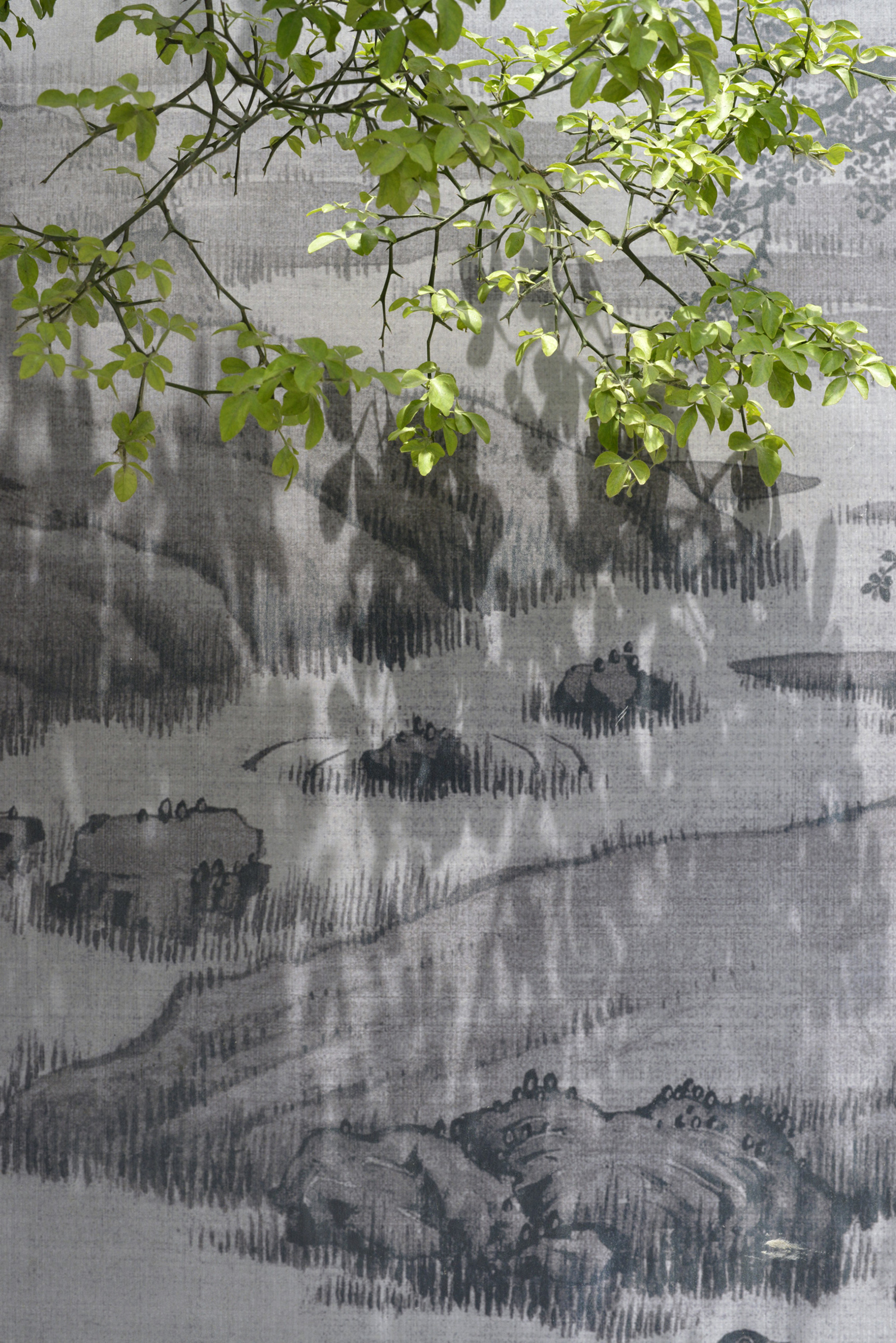
***
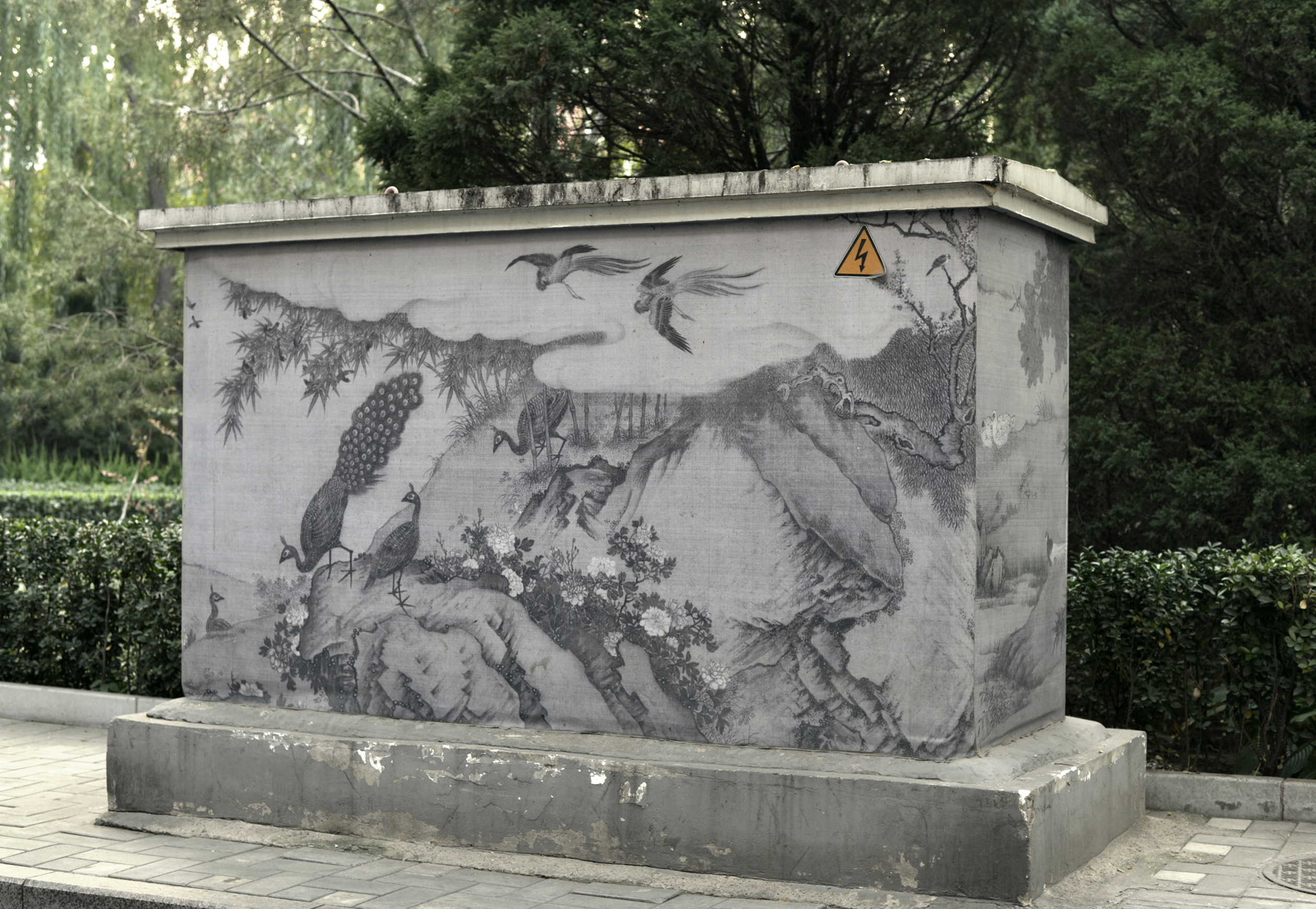
***
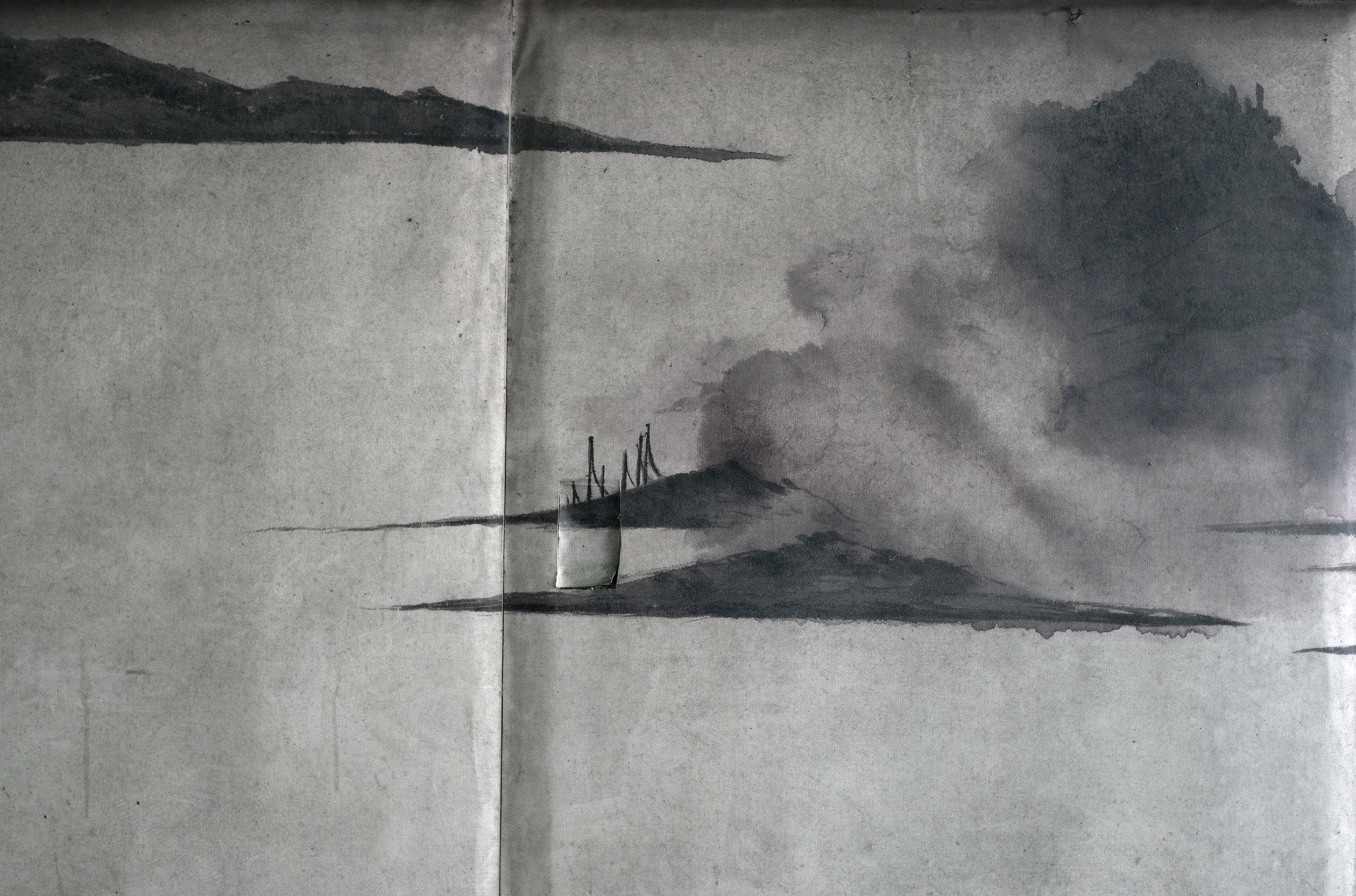
***
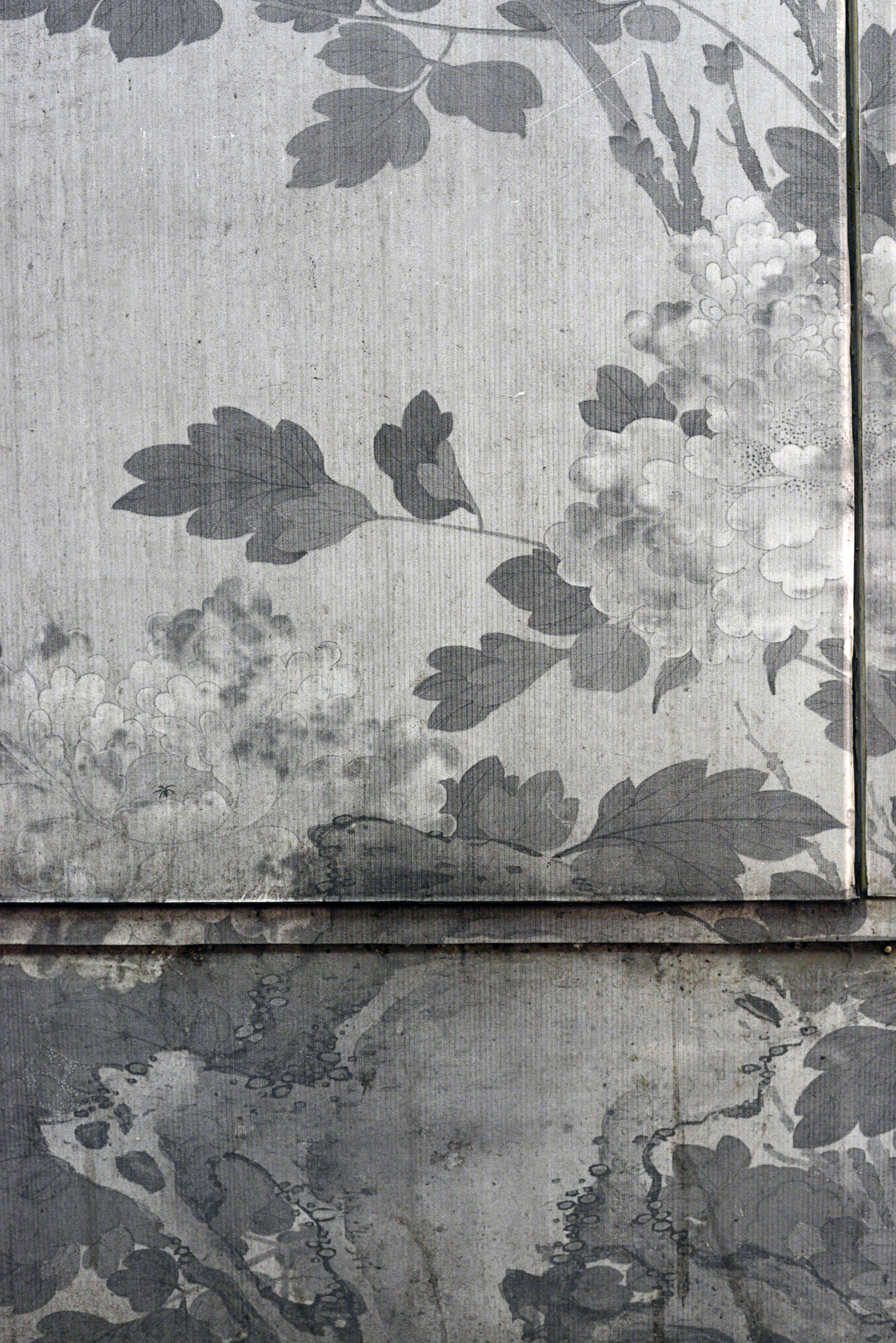
***
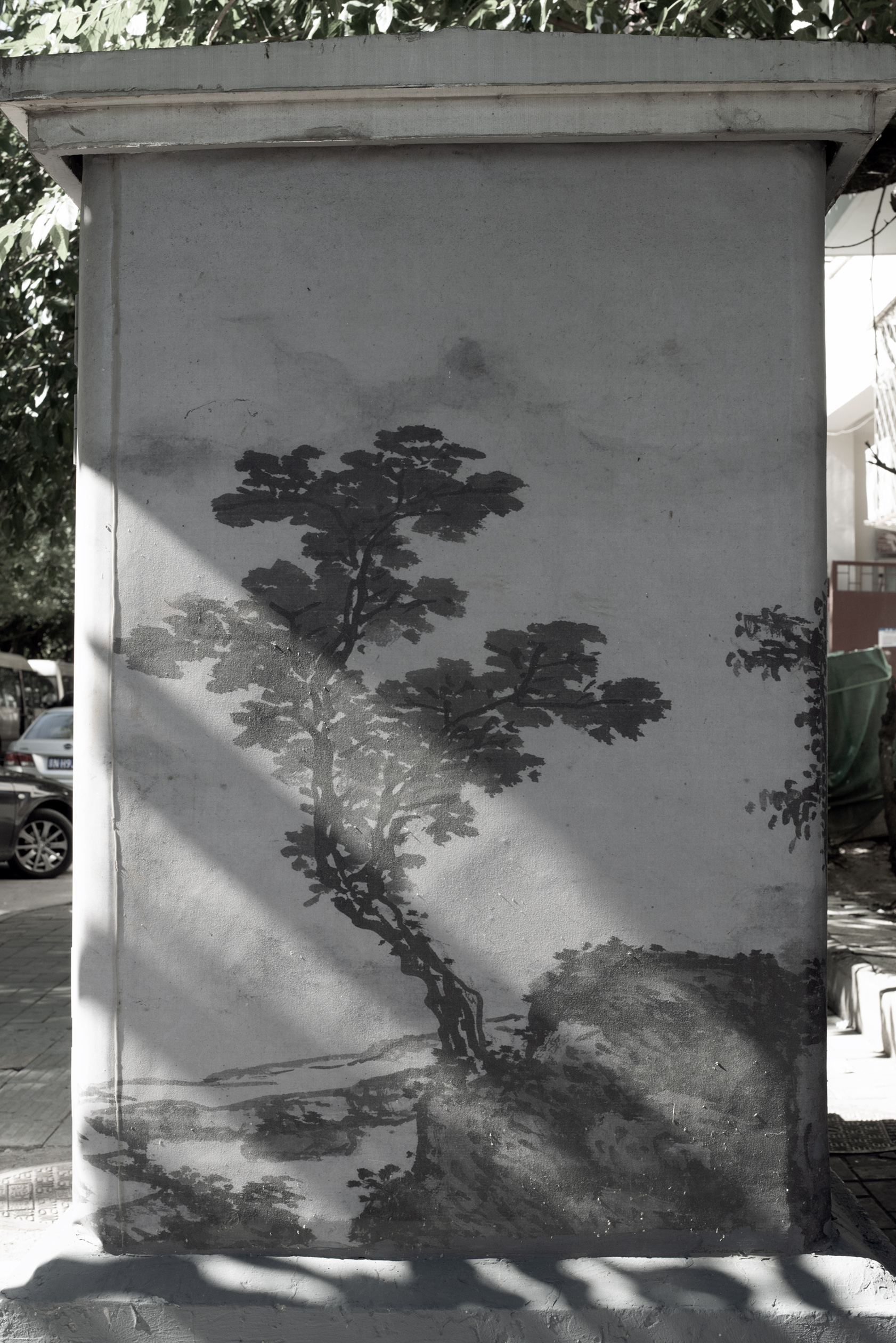
***
